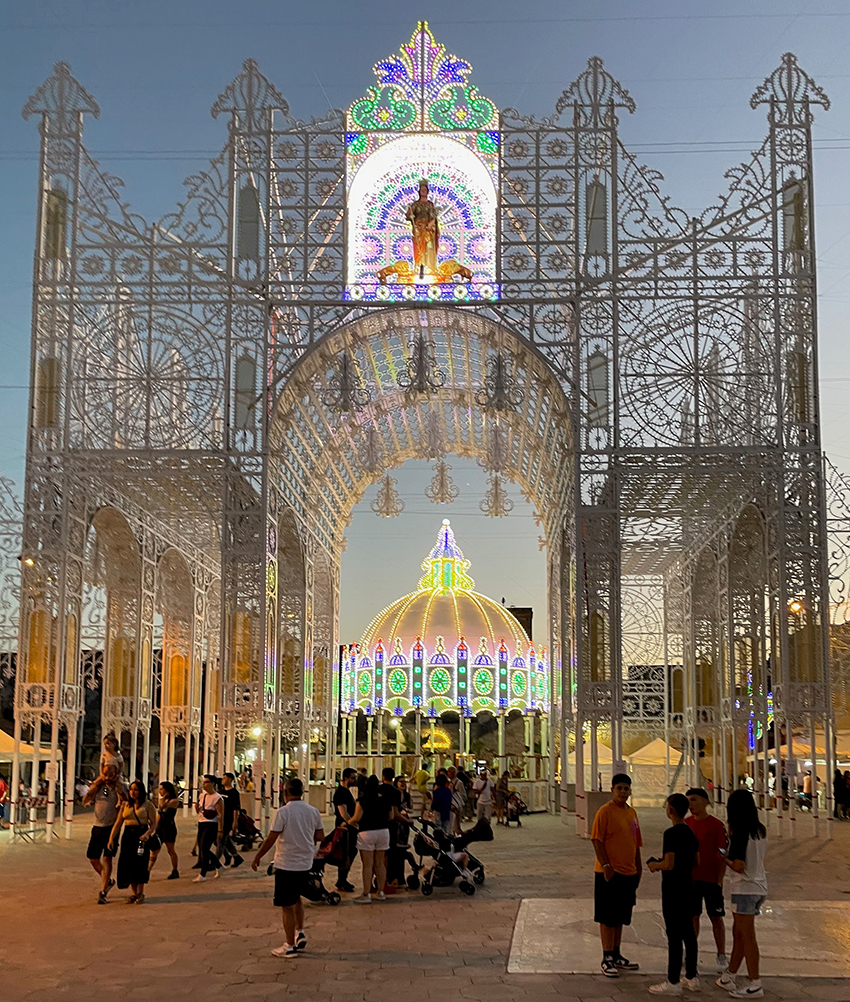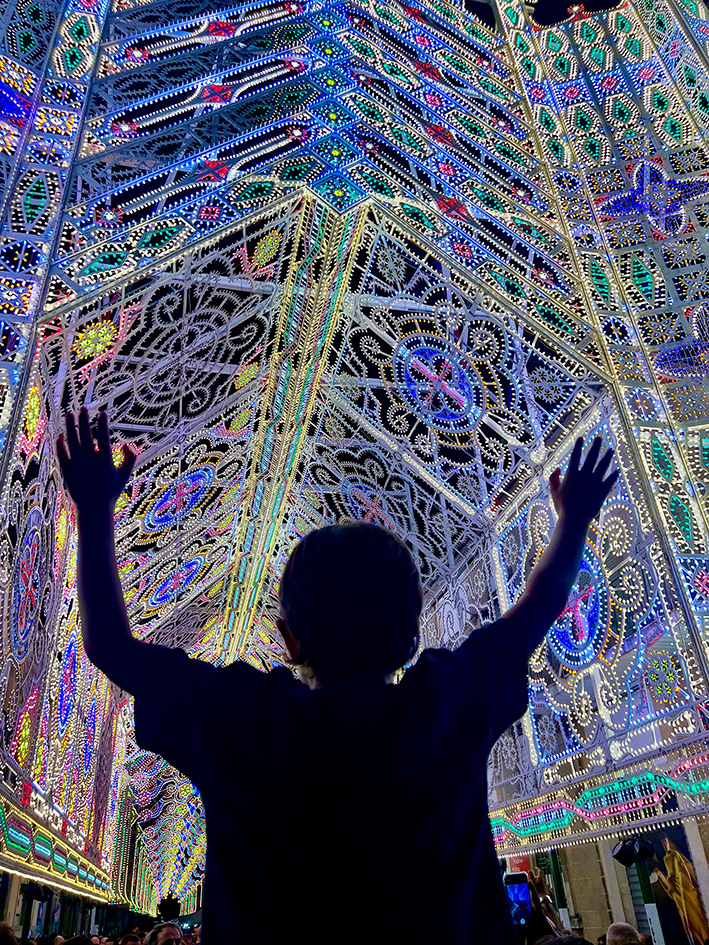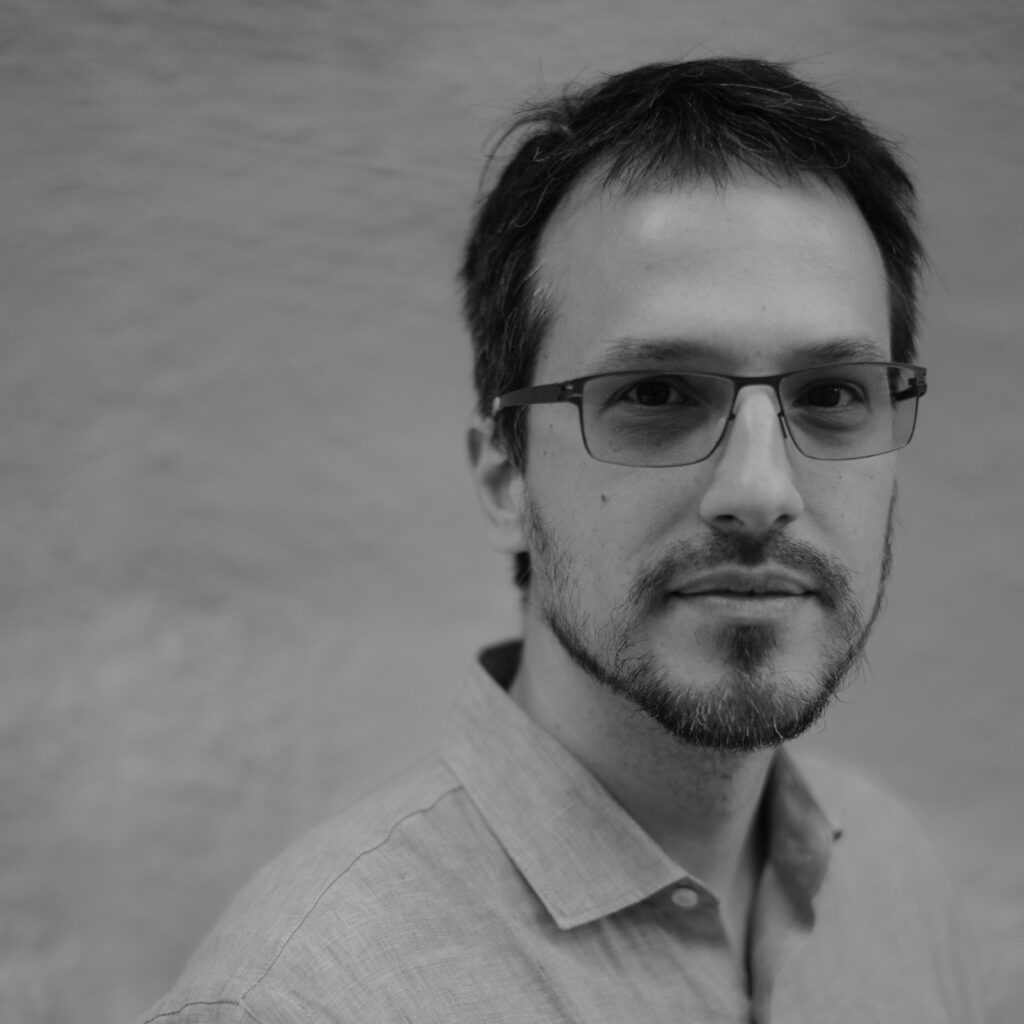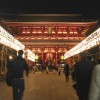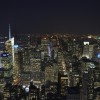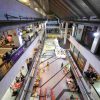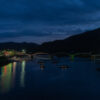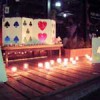Federico Favero
Lighting Designer
Stockholm
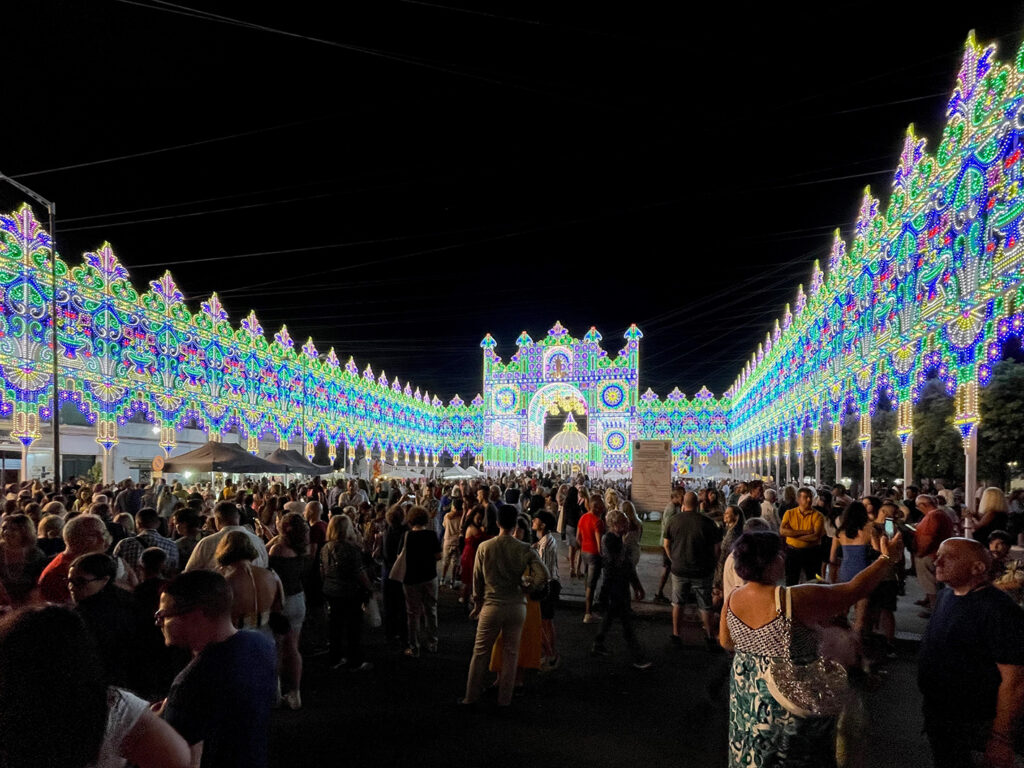
When asked to write a note in TNT column, I was considering to share my thoughts on how Artificial Intelligence might change lighting design. But then during the summer I experienced the “Notte delle Luci” (Light Night) festival, and I felt the urge to report it.
Visitors of the festival gather at dusk in Scorrano, a small town in Salento, the heel of the Italian boot. Thousands of people walk from the outskirts of the town to the main square. The public lighting is switched off and there is life buzzing from the shops and the restaurants.
White structures along the streets frame the sky and create architectures of varied scale and complexity. These structures are called “Luminarie” and host multiple light points in patterns.
When the sky is completely dark, music starts and all of a sudden all the “Luminarie” are switched on. The architectural structures shine, their patterns become alive, people are lit almost as in daylight, the atmosphere recalls a sense of fascination and of lightness.
The eye shifts constantly between the saturated light dots and a sense of intense diffuse white light, which creates a vibrant complexity. Most of the lights are static but there are also spectacular shows of light and sound in the square and the surrounding streets.
All in all, an awe-inspiring experience.
I asked Paolo Portaluri, a lighting designer based in Salento, to give some context to what I experienced:
“Le ‘Luminarie’ are a characteristic element of every patron saint’s festival in southern Italy. So ‘typical’ that today ‘Luminarie’-style souvenirs for indoor use abound. But their vocation is urban: they create architecture and take up classical architectural elements such as the rose windows of churches; they dress up squares and mark the route of the saint in procession; they transform humble façades into rich Baroque palaces.
While the structure has remained essentially the same (fir wood supported by metal wires), the light sources have followed technological evolution: initially, the light points were individually lit candles; then oil and carbide bulbs, until electricity allowed for more large-scale projects.
Whereas until a few years ago only incandescent bulbs were used, now most are LEDs. Many manufacturers also employ control and dynamic systems that make them media-architecture in their own right.”
At these times, when sustainability is a necessary approach in design, I still believe it makes sense to focus on temporal events that highlight the beauty of the contrast of light and darkness.
Cities do not need illumination of this kind during the whole year, but they certainly need inspiring lights, if only for a short time during the year.
I asked Paolo his connection to these events and the Luminarie:
“It was nice when I started drawing them and went into the workshops and warehouses to see how they work. I like them also when they are off, during the day, because they look like urban embroidery.”
I totally recommend the visit to Salento and its summer festivals. My personal opinion is that nothing compares to the honest experience of reality, in its full scale, its smells, noises intense lights and beautiful shadows.
An experience that is rude at times, beautiful at its best.
The experience of “La Notte delle Luci” only confirmed this opinion.
Thanks Paolo Portaluri for the contribution to this note and to Marco Lazzari for the tip to visit Scorrano.





